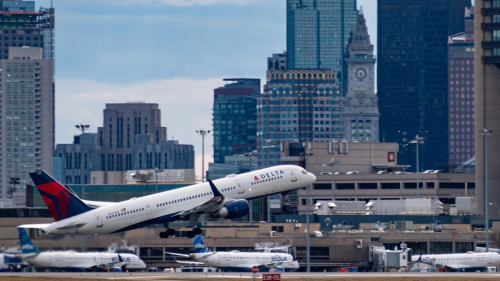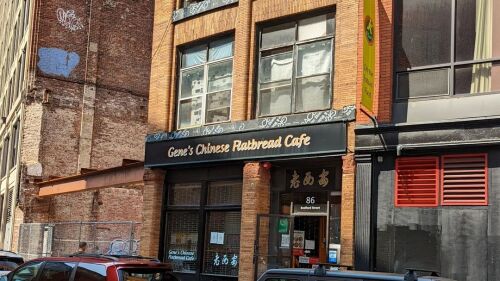Mayor Wu announced that changes could be coming soon to our city’s zoning laws. The city has been working from a report completed by Sara C. Bronin, a professor at Cornell University + the founder of the National Zoning Atlas project. She laid out a few steps to help revamp Boston’s current zoning code, which she described as “outdated, inconsistent, and inequitable.” Here’s what you need to know.
What are zoning laws?
Zoning laws help determine what you can build and where. The Boston Zoning Code is the set of rules that dictate the shape, density, and use of development in any given area. Made up of a written code and a variety of maps, the laws aim to protect Boston’s distinct neighborhoods from development that would impact the unique characteristics that shape our communities.
Breaking down the code by the numbers:
- The most recent edition of the Boston Zoning Code was enacted in 1964.
- The code is massive, clocking in at ~4,000 pages. Compare this to cities like Portland, Oregon (hey, PDXtoday) at 1,830 pages or even Nashville’s (hey, NASHtoday) at 349 pages.
- There are 429 unique zoning districts to accommodate 26 neighborhoods.
- Seven appointed members make up the The Zoning Board of Appeal.
What recommended changes are in the works?
First things first — shortening the code to ~500 pages.
Then, reducing the unique zoning districts from 429 to 50 districts. This will allow neighborhoods to keep their unique characteristics while encouraging more consistency in the code. This would also switch the code from a neighborhood-specific approach to a new “squares and streets” model to create mixed-use hubs near MBTA stations (think: offices, labs, residential, and other uses).
Finally, create more general rules that support the city’s affordable housing, climate resilience, and quality of life goals.











